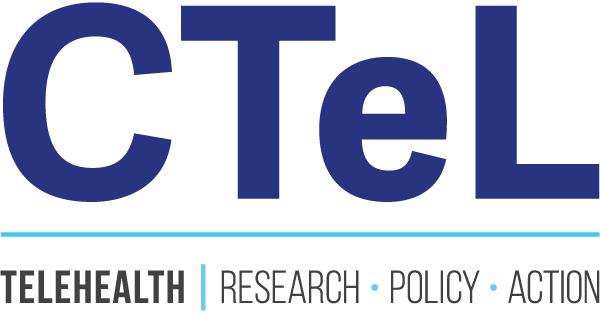CTeL Advocates for Expanded Remote Monitoring Access to Strengthen Post-Acute Care
The Center for Telehealth and e-Health Law (CTeL) continues its advocacy for expanding remote monitoring capabilities in post-acute care, emphasizing the need for Medicare reimbursement policies that reflect real-world clinical applications. In a recent comment letter to the House Ways & Means Subcommittee on Health, CTeL underscored the value of Remote Physiological Monitoring (RPM) and Remote Therapeutic Monitoring (RTM) in reducing hospital readmissions and improving patient outcomes.
With bipartisan momentum growing around digital health expansion, CTeL urged lawmakers to support the Expanding Remote Monitoring Access Act, a critical legislative step to ensure RPM and RTM reimbursement requirements align with patient needs. Current Medicare policies require at least 16 days of data collection within a 30-day period for reimbursement—a standard that does not account for the shorter-term monitoring needs of many post-acute care patients. CTeL advocates for an amendment reducing the minimum data collection requirement to two days within a 30-day period, a change that would allow broader patient access and prevent unnecessary hospital readmissions.
The Case for Expanded Remote Monitoring
RPM and RTM technologies—such as continuous glucose monitors, wearable biosensors, and remote blood pressure monitors—have demonstrated significant benefits, including:
Preventing costly hospital admissions: Remote monitoring has been shown to decrease hospital stays and emergency room visits, particularly for patients with chronic obstructive pulmonary disease (COPD).
Postpartum care improvements: Remote blood pressure monitoring has reduced readmission rates for postpartum patients managing hypertensive disorders of pregnancy.
Better chronic disease management: Glucose monitoring devices improve patient adherence and reduce hypoglycemic events and HbA1c levels, particularly during high-risk periods such as pregnancy.
Enhanced postoperative care: Remote monitoring following cardiac surgery has helped detect complications early, improving patient safety and recovery.
Cost reductions: Studies show that RTM for wound care can reduce therapy duration and lower healthcare costs.
CTeL’s Executive Director, Christa Natoli, emphasized that modernizing reimbursement policies is a vital step toward ensuring equitable access to remote care services. "Policymakers have the opportunity to advance a common-sense, patient-centered solution that aligns with both clinical best practices and economic sustainability," Natoli stated.
"Policymakers have the opportunity to advance a common-sense, patient-centered solution that aligns with both clinical best practices and economic sustainability," Natoli stated.
As Congress examines strategies to strengthen post-acute care, CTeL remains committed to working alongside lawmakers, healthcare providers, and industry stakeholders to advocate for innovative digital health solutions.
For more information on CTeL’s policy initiatives, visit www.ctel.org or contact Lydia Homovich, Policy Analyst, at LydiaH@ctel.org.

